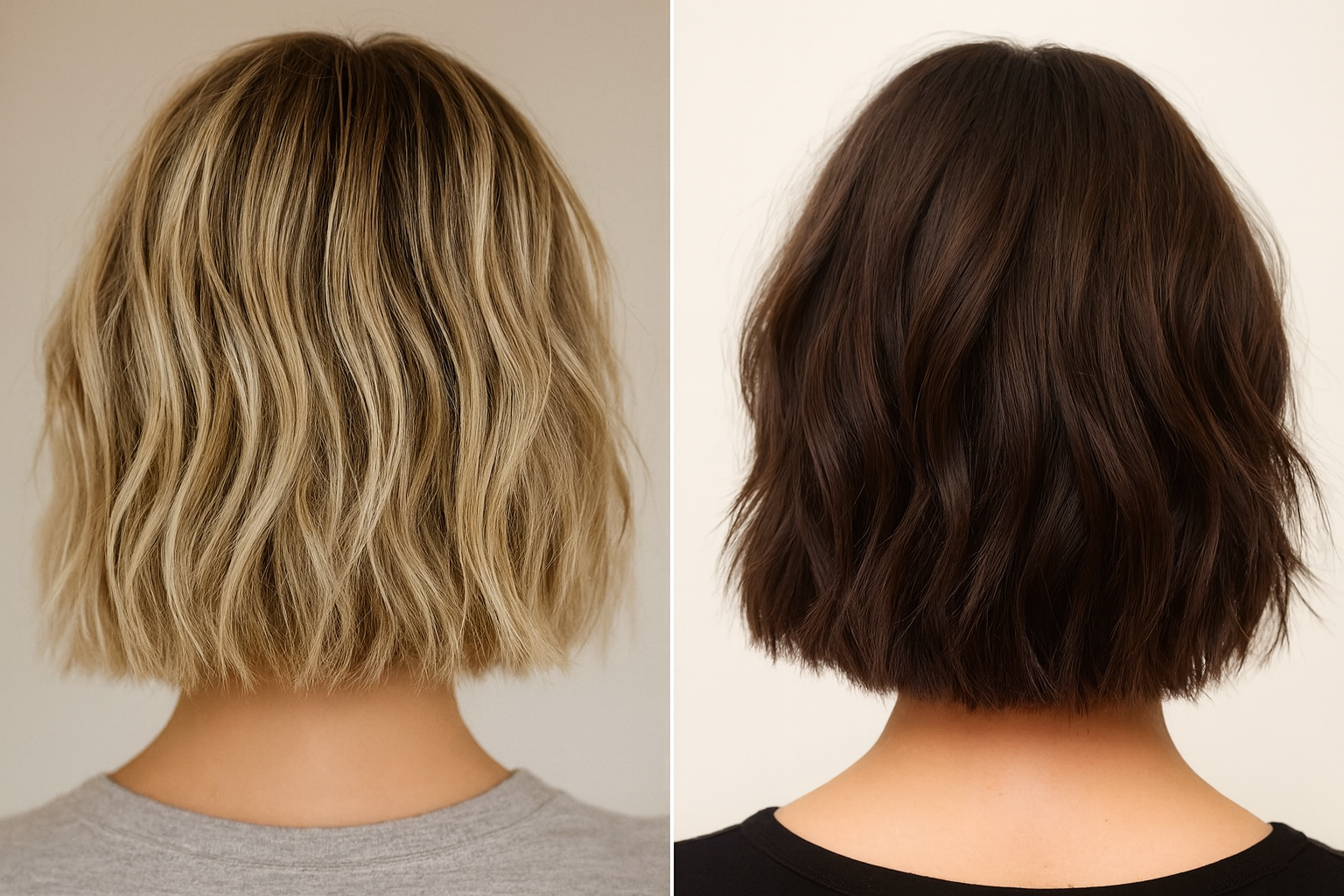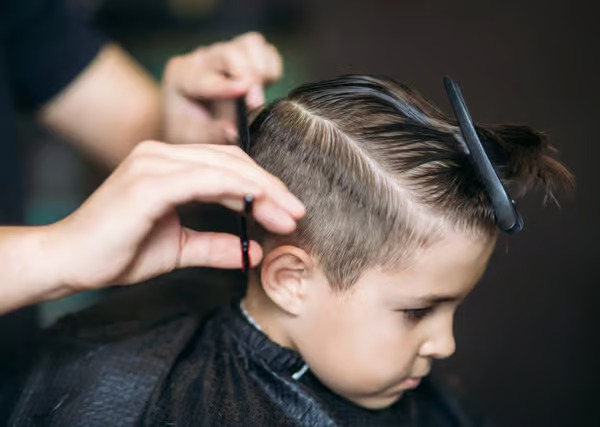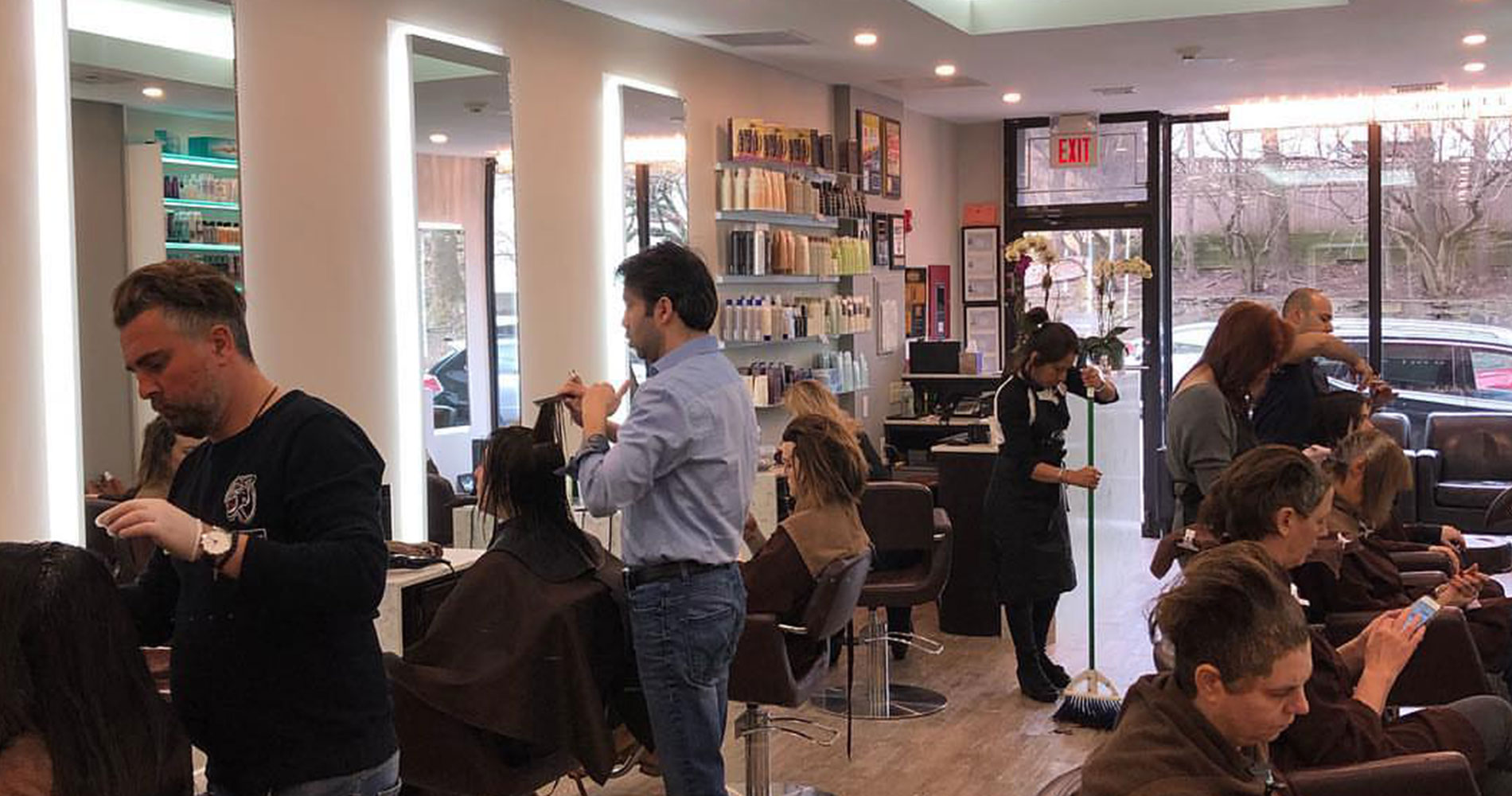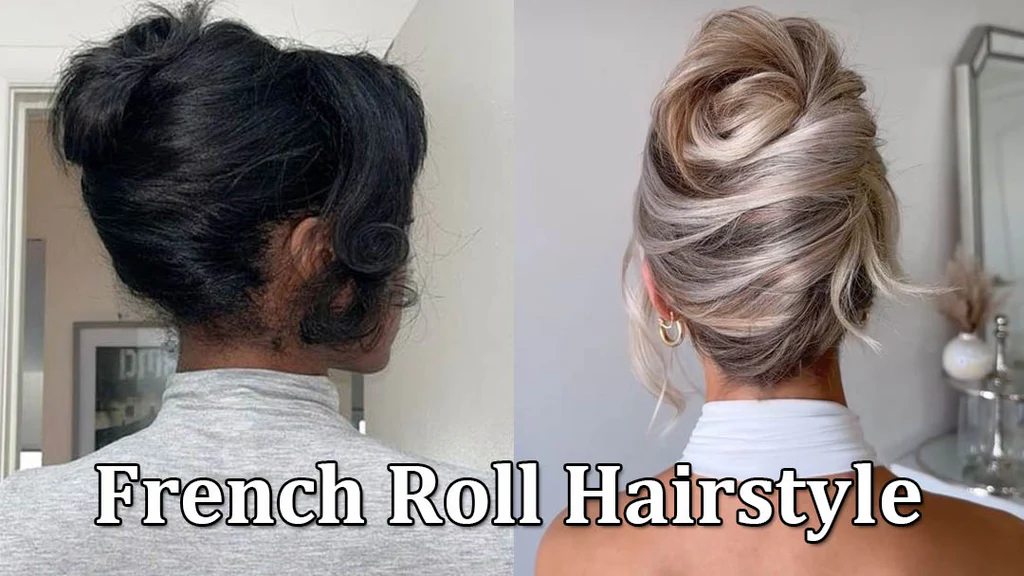Ombre Hair Color vs. Balayage: Which One is Better?
If you’re wondering whether ombre or balayage is the better hair coloring technique, the answer depends on the look you want. Ombre creates a bold, dramatic transition from dark to light, while balayage offers a softer, more natural gradient with hand-painted highlights.
Both techniques are popular, but each serves different styling needs. In this in-depth guide, we’ll break down the differences, benefits, and considerations to help you make the best choice for your hair type, lifestyle, and personal style.
What is Balayage?
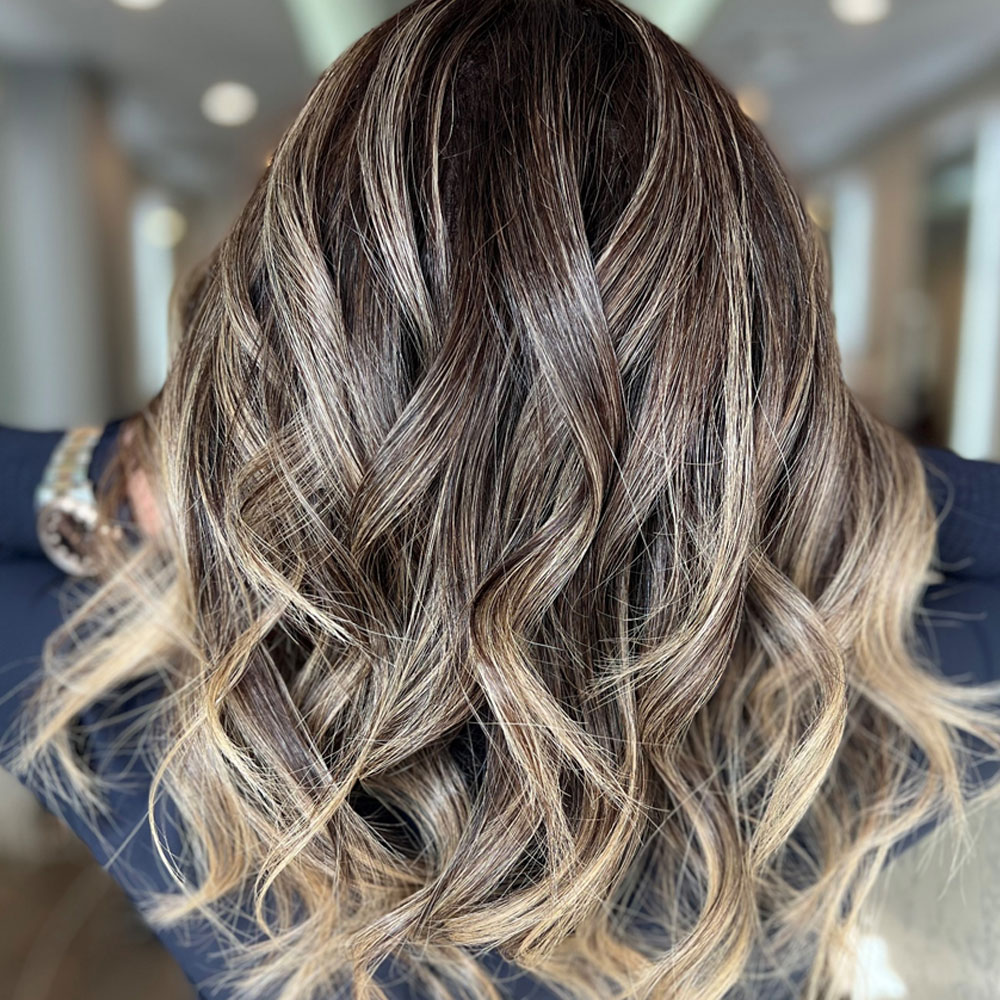
Balayage is a freehand hair coloring technique where color is painted onto the hair in a sweeping motion. The result is a natural, sun-kissed effect that blends seamlessly with your base color. Unlike traditional highlights, balayage does not have a defined line of demarcation, making it a low-maintenance option that grows out beautifully.
How Balayage is Done
- A hairstylist selects sections of hair to lighten.
- Lightener or hair dye is hand-painted onto the surface.
- The color is strategically placed to enhance movement and dimension.
- The hair is processed and toned to achieve the desired shade.
Who is Balayage Best For?
- Those looking for a natural, effortless glow.
- Anyone who wants a low-maintenance color with fewer touch-ups.
- Ideal for all hair types, including wavy, curly, and straight hair.
- Works on a variety of hair lengths but looks best on medium to long hair.
Popular Balayage Color Options
- Warm Blonde
- Caramel Brunette
- Ash Brown
- Icy Platinum
- Honey Blonde
What is Ombre?
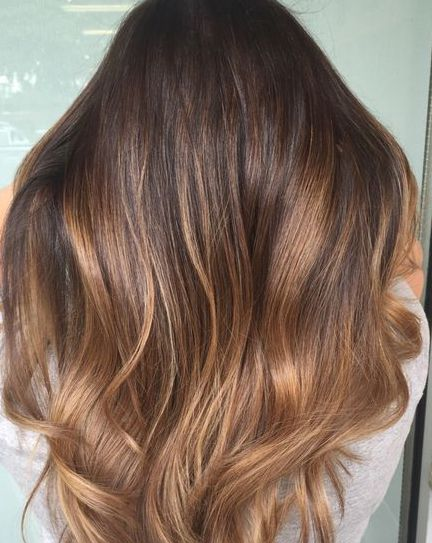
Ombre is a gradient hair coloring technique where the hair transitions from a darker shade at the roots to a lighter shade at the ends. This method creates a more defined contrast than balayage, often producing a bolder, two-tone effect.
How Ombre is Done
- The roots are left dark, maintaining the natural hair color.
- The mid-lengths and ends are lightened in a smooth, blended transition.
- Toner is applied to ensure an even gradient and to neutralize any unwanted tones.
Who is Ombre Best For?
- Those who prefer a dramatic, high-contrast look.
- Individuals willing to commit to regular maintenance to keep the color fresh.
- Best suited for medium to long hair, as the length allows for a seamless transition.
Popular Ombre Variations
- Classic Ombre: Dark roots to light tips.
- Sombre: A softer, more blended ombre.
- Reverse Ombre: Light roots transitioning to dark ends.
- Fantasy Ombre: Vibrant colors such as pink, purple, or blue.
Key Differences Between Balayage and Ombre

Technique
- Balayage: Hand-painted highlights placed throughout the hair for a natural look.
- Ombre: A gradual fade from dark to light, creating a two-tone effect.
Maintenance
- Balayage: Low maintenance; grows out naturally with minimal touch-ups.
- Ombre: Requires more upkeep to maintain a smooth blend and avoid harsh regrowth lines.
Styling Compatibility
- Balayage: Works well with waves, curls, and layered hairstyles.
- Ombre: Looks best on straight or slightly wavy hair to showcase the gradient effect.
Best For
- Balayage: A subtle, sun-kissed glow with a natural transition.
- Ombre: A bold, eye-catching contrast for those who love a statement look.
Choosing the Right Style for You

Your decision between balayage and ombre should depend on your hair type, styling preferences, and maintenance commitment.
Hair Type & Length
- Short Hair: Balayage is more suitable, as ombre may not have enough length to blend well.
- Medium to Long Hair: Both balayage and ombre work well, depending on the desired effect.
Skin Tone Matching
- Warm Skin Tones: Caramel, honey, or golden balayage shades are ideal.
- Cool Skin Tones: Ash blonde, platinum, or silver hues complement well.
- Neutral Skin Tones: A mix of warm and cool highlights can work harmoniously.
Cost Comparison
- Balayage: Typically costs more due to the hand-painted technique but requires fewer touch-ups.
- Ombre: Generally more affordable initially but may require more maintenance.
DIY vs. Professional Application
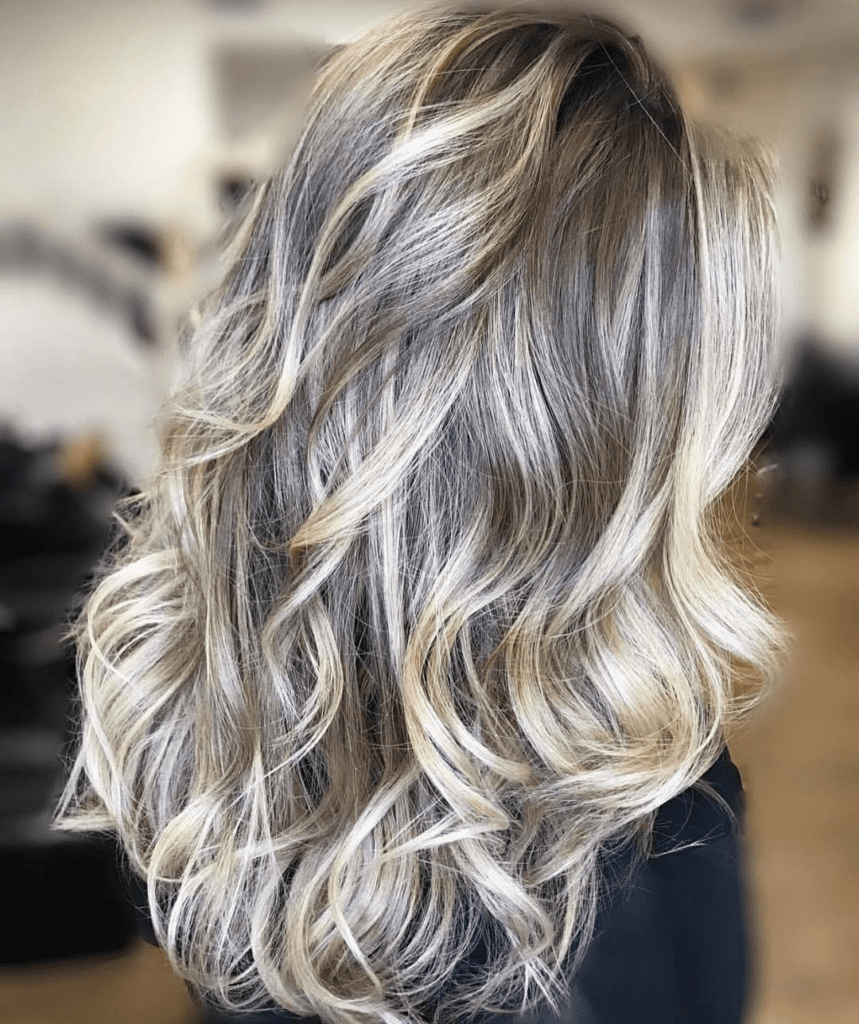
Can You Do Balayage at Home?
- Requires skill and experience to achieve a seamless, blended effect.
- Hard to control placement without professional techniques.
- Professional balayage ensures even application and natural results.
Can You Do Ombre at Home?
- More achievable than balayage with at-home kits.
- Requires careful blending to avoid harsh color lines.
- Mistakes can lead to an uneven or brassy appearance.
Why Professional Coloring is Recommended
- A stylist will customize the technique to suit your hair type and face shape.
- Professionals use high-quality products to prevent damage and achieve the best results.
- Correcting DIY mistakes can be costly and time-consuming.
Expert Insights & Maintenance Tips

How to Maintain Hair Color Vibrancy
- Use sulfate-free shampoos to prevent fading.
- Deep condition regularly to keep hair hydrated and healthy.
- Protect hair from heat styling with thermal sprays.
- Limit sun exposure to prevent color from turning brassy.
Common Mistakes & How to Fix Them
- Blotchy Balayage: Overlapping lightener can create uneven patches—professional toning can fix it.
- Harsh Ombre Lines: If the gradient is too stark, a stylist can blend the transition for a softer look.
Which One is Better?
Neither balayage nor ombre is universally better—it depends on your personal style, maintenance preferences, and hair goals. If you want a natural, low-maintenance look, balayage is the way to go. If you prefer a striking, high-contrast effect, ombre might be your best bet. Consulting with a professional stylist can help determine the best technique for your hair type and desired outcome.



